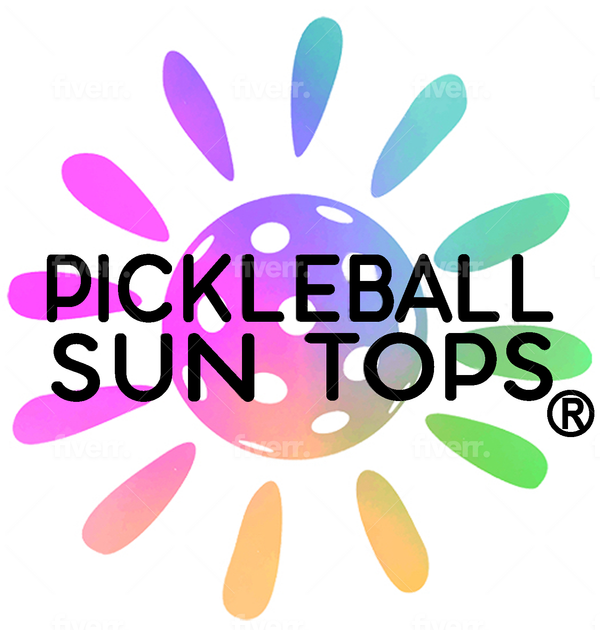The Origin of Paddle
Share
The Origin of the Word "Paddle"
In the fast-growing sport of pickleball, the paddle serves as the primary equipment connecting player to
ball. While pickleball enthusiasts focus on perfecting their dinks and third-shot drops, few pause to
consider the fascinating etymology behind the very tool they hold. The word "paddle" has a rich linguistic
history that parallels its evolution as a practical implement across various cultures and applications.
Ancient Roots and Etymology
The term "paddle" traces back to the Middle English word "padell," which emerged during the 14th
century. This early usage described a small, spade-like implement used for various purposes. Linguists
suggest possible connections to the Latin "patella" (a small pan) or "battuere" (to beat), indicating its
original function as a tool for striking or moving objects.
As European languages evolved, similar terms appeared across linguistic boundaries. In Germanic
languages, variations like "paddel" emerged, while Romance languages developed terms like the French
"pagaie." This widespread linguistic development suggests the universal utility of paddle-like implements
across diverse cultures.
Evolution of Meaning and Function
Throughout history, the word "paddle" expanded to encompass various flat-bladed implements used for
different purposes:
Watercraft Propulsion: Perhaps most famously, paddles became essential tools for propelling
canoes, kayaks, and other small watercraft. Indigenous peoples across North America, Oceania, and
other regions developed sophisticated paddle designs tailored to their specific waterways.
Culinary Tools: In kitchen contexts, paddles served as implements for stirring, mixing, or flattening
foods during preparation.
Industrial Applications: As manufacturing evolved, paddle-shaped tools were utilized in various
trades for smoothing, shaping, or manipulating materials.
Sporting Equipment: Eventually, the term found its way into recreational contexts, describing
implements used in various games and sports.
Paddles in Sport: From Table Tennis to Pickleball
The sporting application of paddles represents a relatively recent chapter in the word's history. Table
tennis (ping pong) popularized the small, handheld paddle in the early 20th century. When pickleball
emerged in 1965, created by Joel Pritchard, Bill Bell, and Barney McCallum, they naturally adopted the
term "paddle" for their solid-faced striking implement.
Unlike tennis racquets with their strung faces, pickleball paddles feature solid hitting surfaces—a design
choice that influences the sport's unique play style and connects it etymologically to those ancient paddle
tools.
Modern Paddle Technology
Today's pickleball paddles bear little resemblance to their linguistic ancestors. Modern paddles utilize
advanced materials like carbon fiber, polymer cores, and composite faces—technological marvels that
early paddle users could never have imagined. Despite these advancements, the fundamental purpose
remains unchanged: a handheld implement with a flat surface designed to strike an object with precision
and control.
Conclusion
The word "paddle" represents a fascinating linguistic journey that spans centuries and crosses cultural
boundaries. From humble beginnings as a simple tool to its current incarnation as specialized sporting
equipment, the paddle's evolution mirrors humanity's ingenuity in adapting tools to specific needs. Next
time you step onto the pickleball court, take a moment to appreciate the rich history behind the name of
the essential tool in your hand—a history as rich and layered as the beloved sport itself.
Source: Adapted from general paddle etymology information
